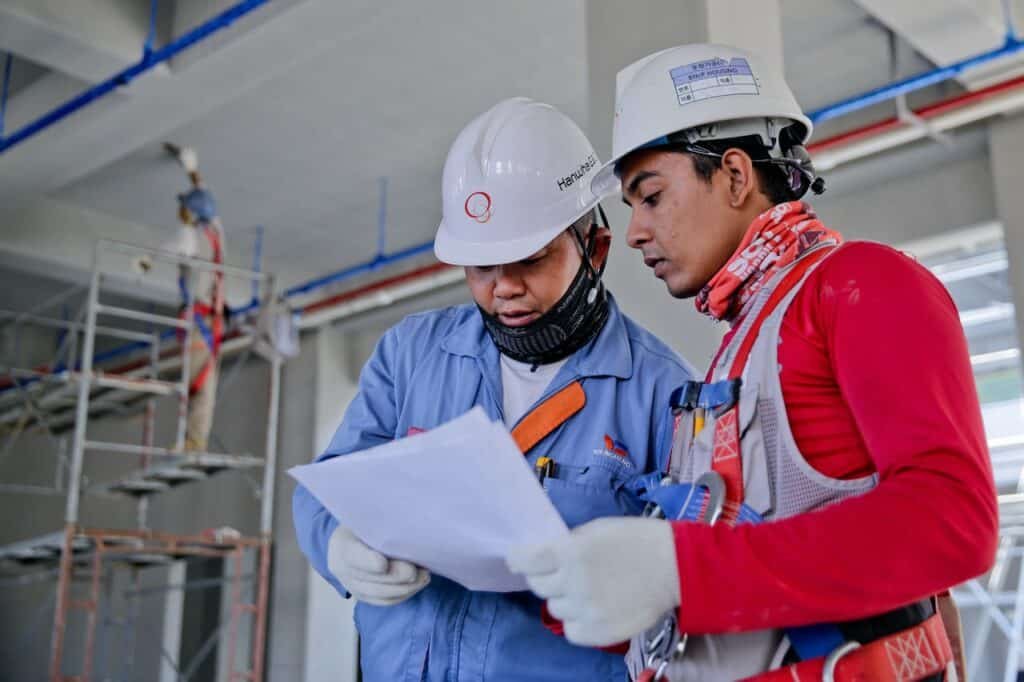
Details Of Collaboration In Construction
At its essence, collaboration in construction refers to parties working collectively to achieve the same goal in a project. Individuals can retrieve a project’s core agendas and objectives at any time. This can happen without depending on monitors located in remote offices to acquire the required details.
Building estimating software used in construction helps all parties involved to work collaboratively within the set budget and deliver the project on the agreed time. When collaboration is well-built, the parties involved put their resources together in their intellectual minds and organize meetings with shared objectives dominated by the timeline and budget of the whole procedure rather than their objectives. Ideally, this is the required strategy to carry out projects.
Ways Construction Organizations Can Effectively Promote Collaboration
- Collaboration in construction demands that parties involved work collectively toward a single objective.
- In the state of collaboration construction, all shareholders can achieve the primary purpose and agendas at any time.
- Studies show that almost 43% of the top-ranked trust construction organizations indicate collaboration as the primary target when acting on a project.
- Collaboration can pass through difficulties like problems with advancing damages when getting used to a new method, adopting a new job site, and organization culture.
- The advantages of collaboration may include fewer changes and alterations, a higher probability of a well-timed delivery, higher gains, fewer new building pieces of equipment, and other essential positives.
- Certainty and collaboration work together. Devoted organizations are not likely to have issues connected to weak data trades and are more confident about meeting their budgets and project timelines.
Threats Of Collaboration In Construction
Construction is a defective field. It is not that members opt not to work in a united way. Most of the collaboration problems have to work with the faulty system itself.
Construction is a very competitive sector, and every shareholder scrambles for that little chunk of benefits. Participants in the project are often more interested in working out short-term personal objectives than the project’s long-term end objective.
Most of the contracts, primarily if participants work from general delivery techniques such as a design-bid-build system, indicate how to operate on personal sections of the job but do not show how it all holds up together.
Common threats in collaboration include;
1. Controlling the problems and growing pains linked with getting started in an advanced system.
2. Changing job culture and workplace, which meets new steps with early resistance.
3. Likely higher costs in advance, although collaboration efforts lead to lower prices in the end.
Leading Benefits Of Collaboration In Construction
Cultivating collaboration and construction mainly involves trying to divide tasks. Providing everyone with a clear assignment outline and how assignments contribute to the whole- and what other individuals are doing to further the entire-you generates an appreciation for and dependence on other departments, contractors, and shareholders rather than hostility.
When this is followed, it results in more extended business contracts and referrals, higher gains, projects that stick to the budget, and much more.
How Successful Collaboration Occurs In Construction
Efficient workflows categorize outstanding collaboration. Every individual understands whom to consult to provide the required information and feels secure finalizing their responsibilities and permitting others to finish.
More particularly, collaborative construction performs the following;
It intensifies trust – trust is the base of good collaboration. Individuals and administrations classify their assignments and objectives when there is no collaboration.
It is straightforward – collaboration should not be an obstacle to periodic job tasks; it can be hard to accomplish if it is difficult.
It is comprehensive – collaboration in construction includes all factors and details in the project.
It relies on clarified duties and tasks – if the project manager provides details that are not well-defined, it might confuse collaboration in construction.
